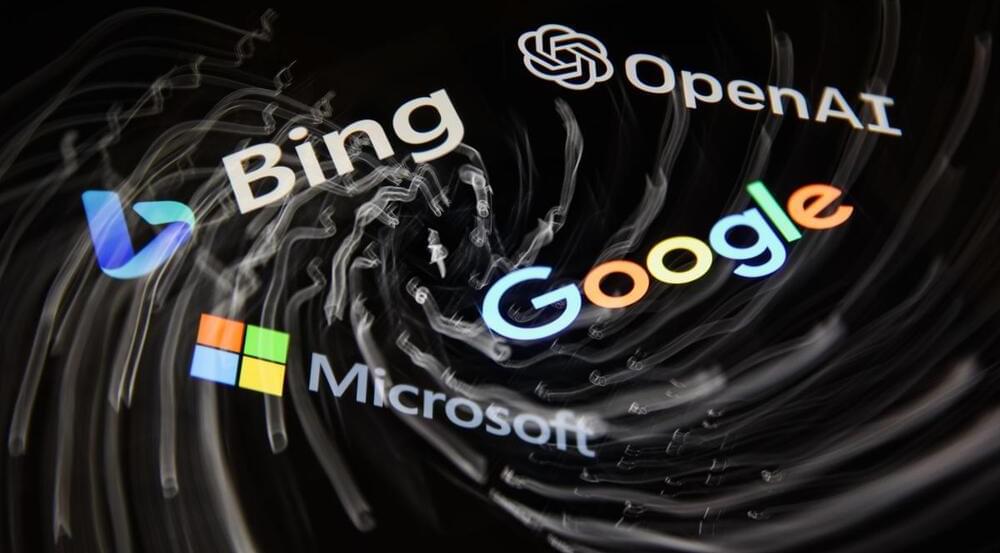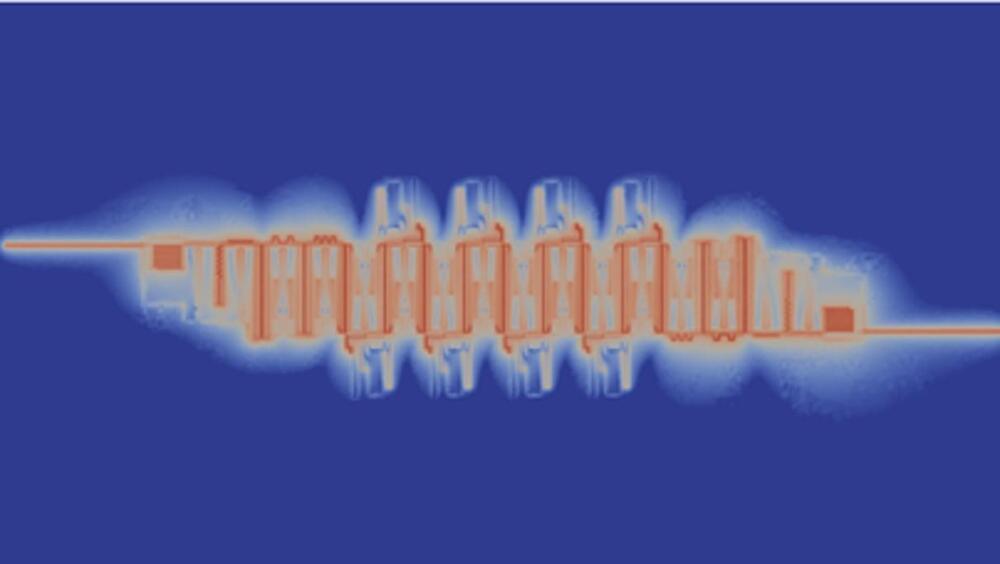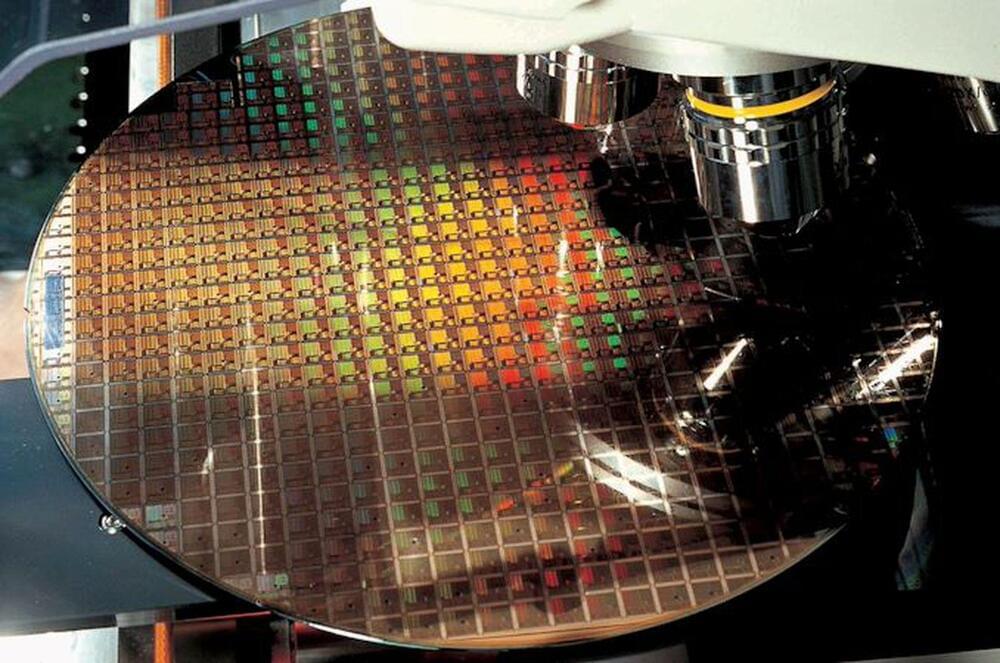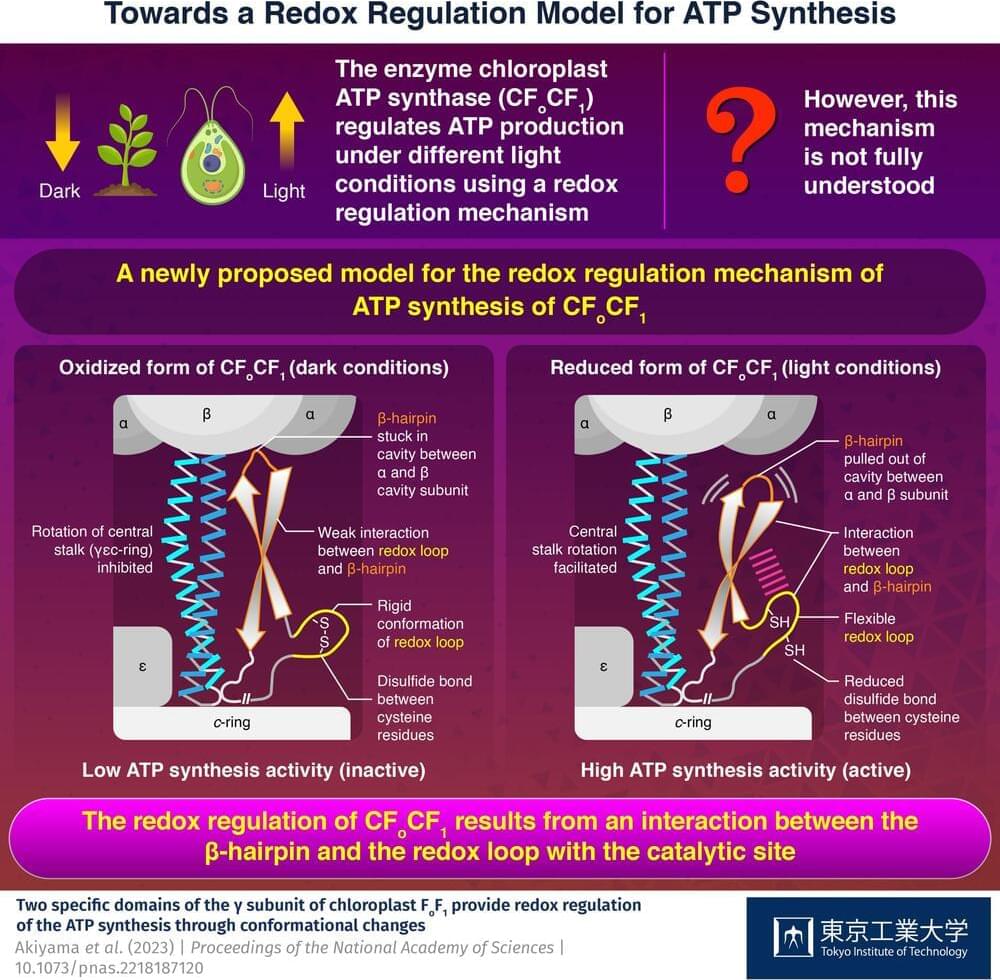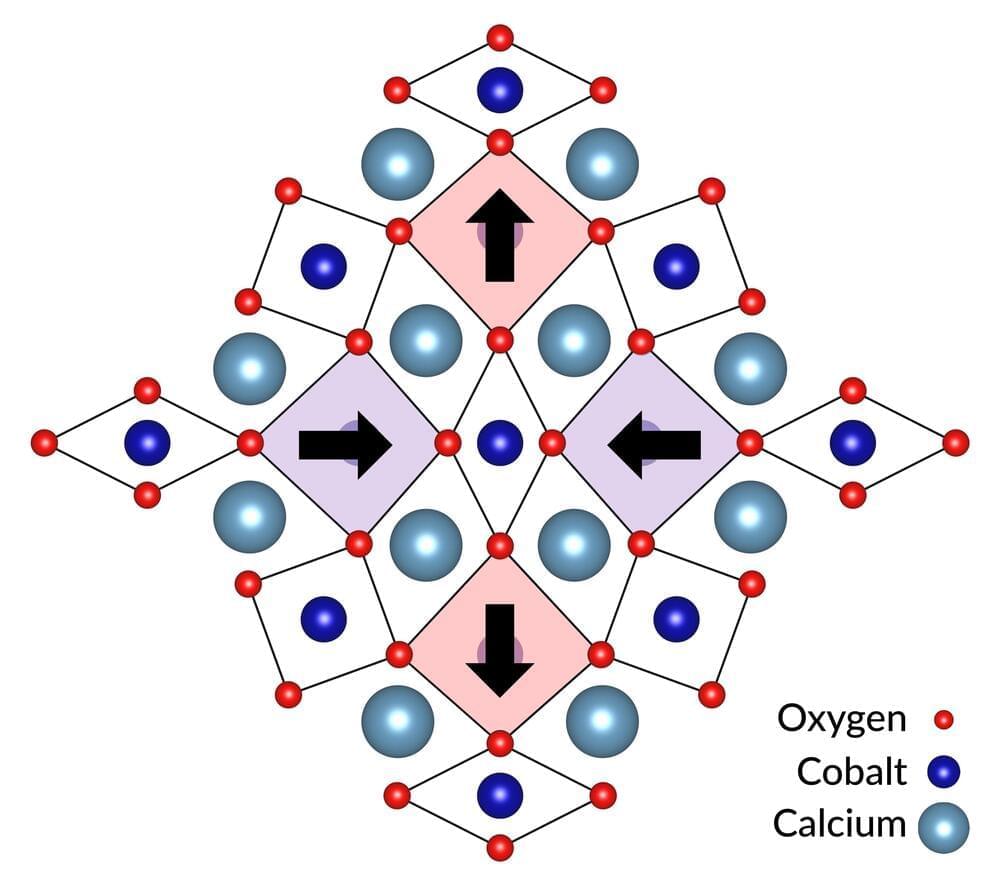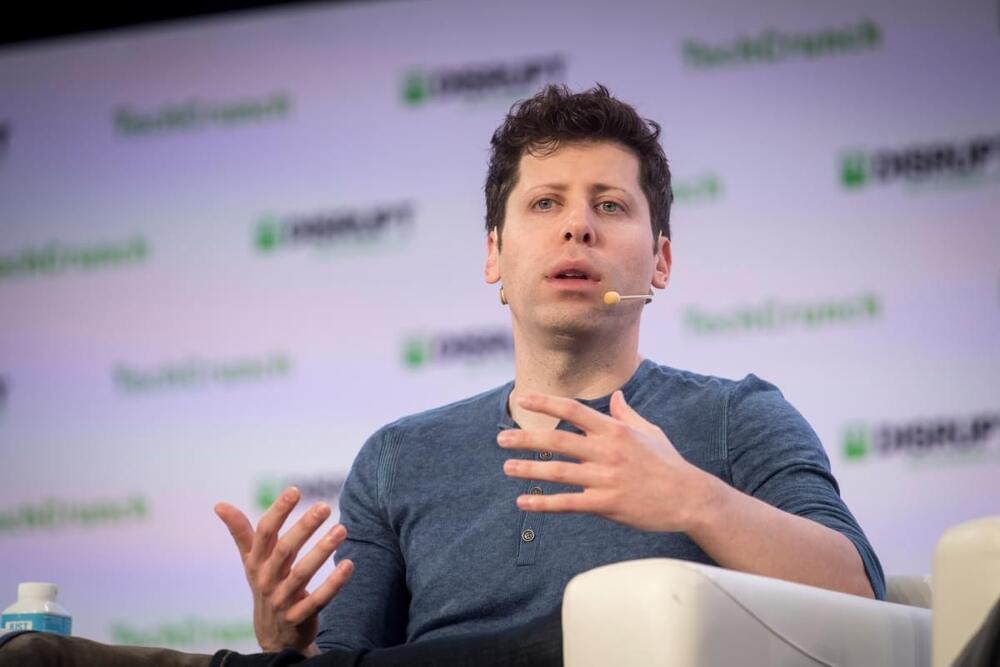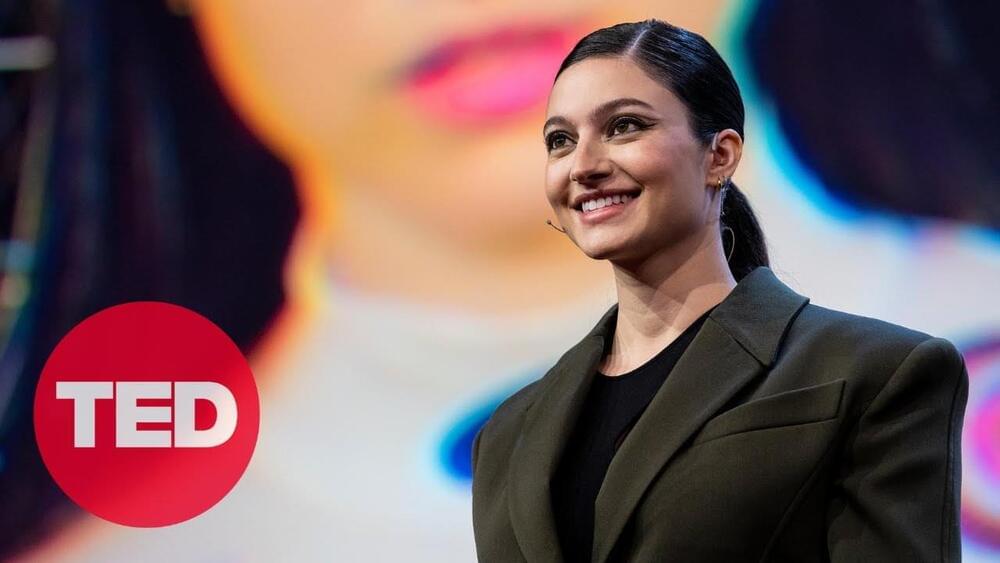A.I. systems like ChatGPT, Bing, and Bard are here to stay
Generative A.I., the kind of software that powers OpenAI’s ChatGPT, Microsoft’s (MSFT) Bing, and Google’s (GOOG, GOOGL) Bard, is all the rage. But the explosion in generative A.I., so named because it generates “new” content based on information it pulls from the web, is facing increasing scrutiny from consumers and experts.
Fears that the software could be used to help students cheat on tests and provide inaccurate, bizarre responses to users’ queries are drawing questions about the platforms’ accuracy and capabilities. And some are wondering if the products have been released too early for their own good.
